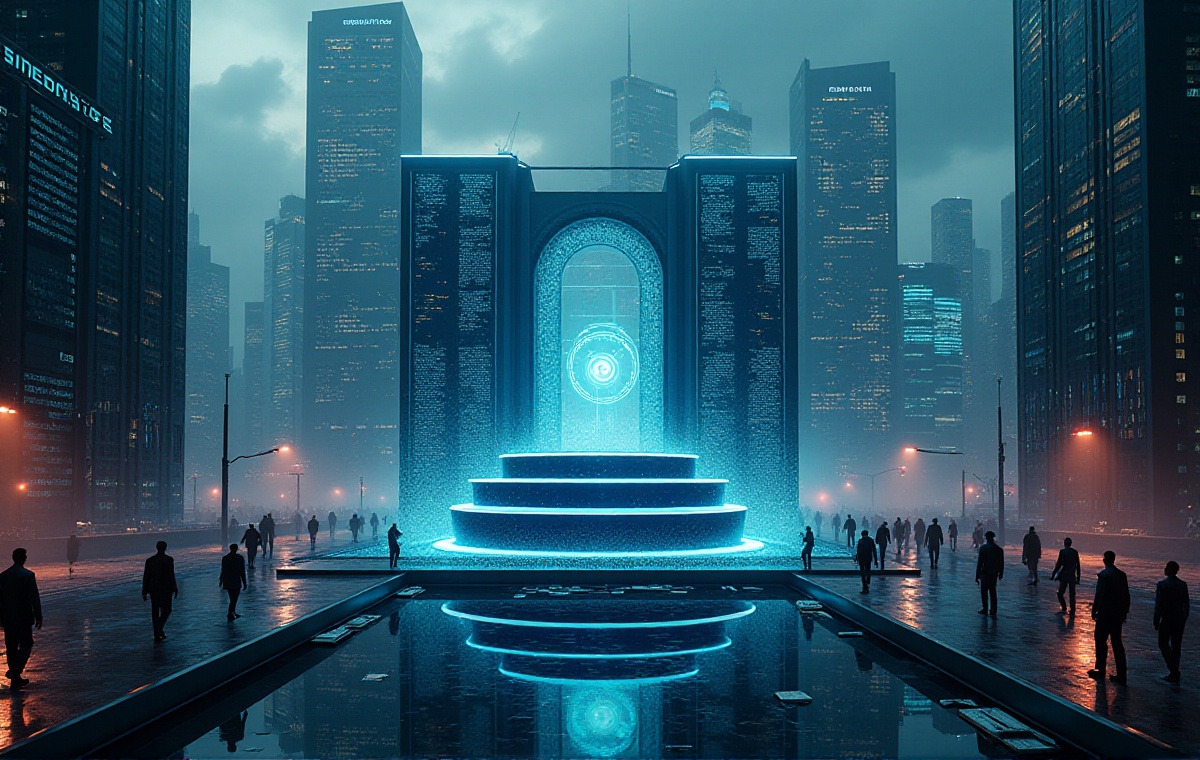Introduction
As a young person who just got a new car, I really wanted to know how to keep my beloved car running well for a long time. After seeking advice and practice, I finally learned quite a bit from a veteran driver with over ten years of experience. Today I'm sharing these practical tips with everyone, hoping to help other new car owners who are equally confused.
Honestly, how long a car can last really depends on how the owner treats it. I know a car owner whose vehicle has been running for 15 years and still performs excellently. In contrast, some owners' cars develop all sorts of problems after just 3-4 years, mainly due to their maintenance awareness and habits.
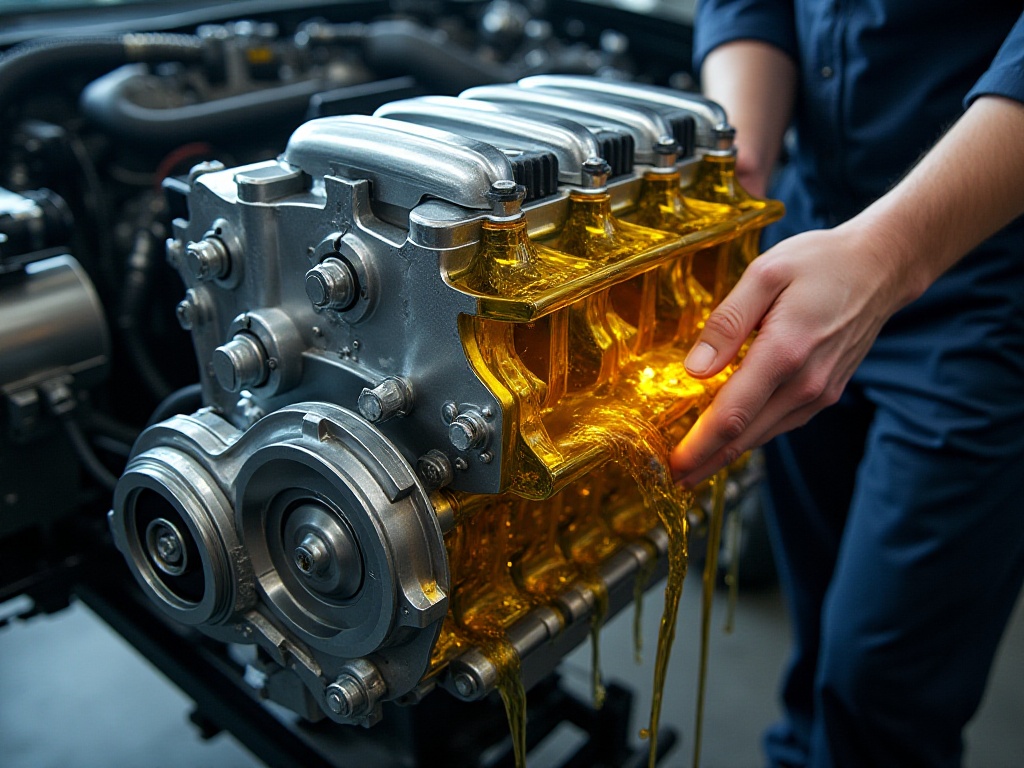
Engine Section
Truth be told, the engine is a car's "heart," and engine oil is its "blood." Without quality oil circulation, the engine will "strike" in no time. I saw a statistic before that engine repair costs can easily run into tens of thousands, so we really can't be careless when choosing engine oil.
Speaking of which, I have to call out my own foolish mistake. When I first got my car, I was really focused on cost-effectiveness and bought a bunch of super cheap oil I found online without thinking twice. Then one time while driving to Wuhan, the engine started making strange noises halfway through, which scared me into quickly finding a repair shop. The mechanic just shook his head when he saw it, saying the oil quality was so poor it almost ruined my engine.
Since then, I've become extremely particular about oil selection. Now I strictly follow the 4S shop's recommendations and use manufacturer-certified oil. Though it's more expensive, considering the cost of repairs, it's really nothing. Plus, good oil makes the engine run more smoothly and can even reduce fuel consumption.
Regarding oil change intervals, I now calculate based on mileage. For regular city driving, I change it every 5,000 kilometers; if I frequently drive on highways or in traffic jams, I'll change it earlier at 4,000 kilometers. Every time I add oil, I check the dipstick to ensure the oil level is normal.
Especially before long road trips, I always check the oil condition. I saw a professional review that said if the oil turns black or has obvious metal particles, it's time to change it. I even bought a small notebook to record the time and mileage of each oil change so I won't forget.

Spark Plug Information
Honestly, I didn't know spark plugs were so important before. It wasn't until my car wouldn't start one time that the mechanic told me it was a spark plug issue. Later, I specifically learned that spark plugs are like the engine's "lighter," responsible for igniting the gas mixture to let the engine work normally.
Based on my experience, spark plugs need to be replaced around every 30,000 kilometers. However, this depends on specific usage conditions - if you frequently stop and go or get stuck in traffic, you might need to replace them earlier. My current practice is to have the technician check the spark plugs' condition during each maintenance.
I once experienced spark plug aging where the car clearly lacked power during acceleration and fuel consumption suddenly increased. After replacing the spark plugs, the whole car felt alive again. So although spark plugs seem like small parts, their impact on the engine is truly significant.
There are many spark plug brands in the market now, with big price differences. My suggestion is to choose products from well-known brands. Cheap spark plugs might develop electrode wear and carbon buildup issues after short use. I now use platinum spark plugs - though they're more expensive, they last longer and have higher ignition efficiency, making them quite cost-effective overall.
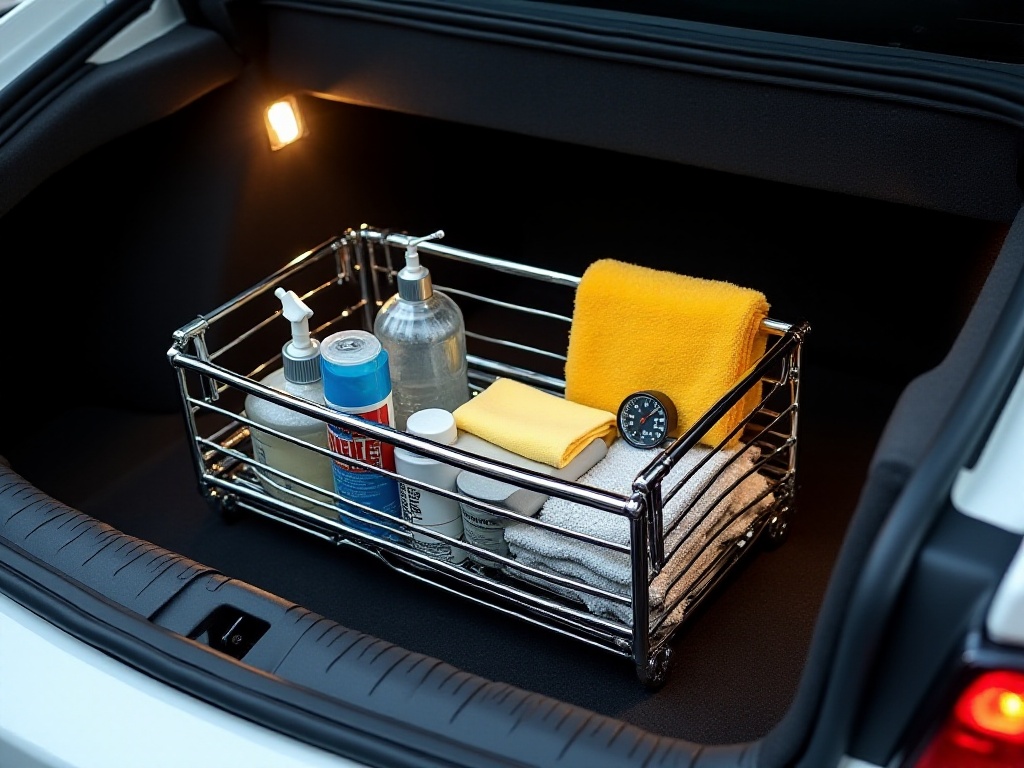
Tire Inspection
Tires are truly one of the most easily overlooked components. I remember at first thinking tires weren't a big deal - just replace them when they wear out. Until I almost slipped on a rainy day, I realized the importance of tire maintenance.
Now I check tire pressure regularly every week. Speaking of which, I specifically bought an electronic tire pressure gauge, which is very convenient to use. Normally, I inflate according to the standard tire pressure marked on the door frame. However, in summer, due to higher temperatures, I'll reduce the pressure slightly; in winter, I'll increase it a bit.
Regarding tire wear, I have a small tip to share. There's a wear indicator mark in the tire tread - when the tire wears down to this mark, it needs replacement. Also, if you notice uneven tire wear, it might be a wheel alignment issue, so it's recommended to get it checked promptly.
I now rotate my tires every 5,000 kilometers. This allows for more even tire wear and longer service life. Especially for front-wheel drive cars, the front tires wear faster than the rear ones - if you don't rotate them in time, the front tires might be nearly bald while the rear ones are still new.
Another important point is regularly checking for foreign objects in the tires. Sometimes you might accidentally run over nails or glass shards - if discovered early, a simple patch will do; if found late, you might need new tires.
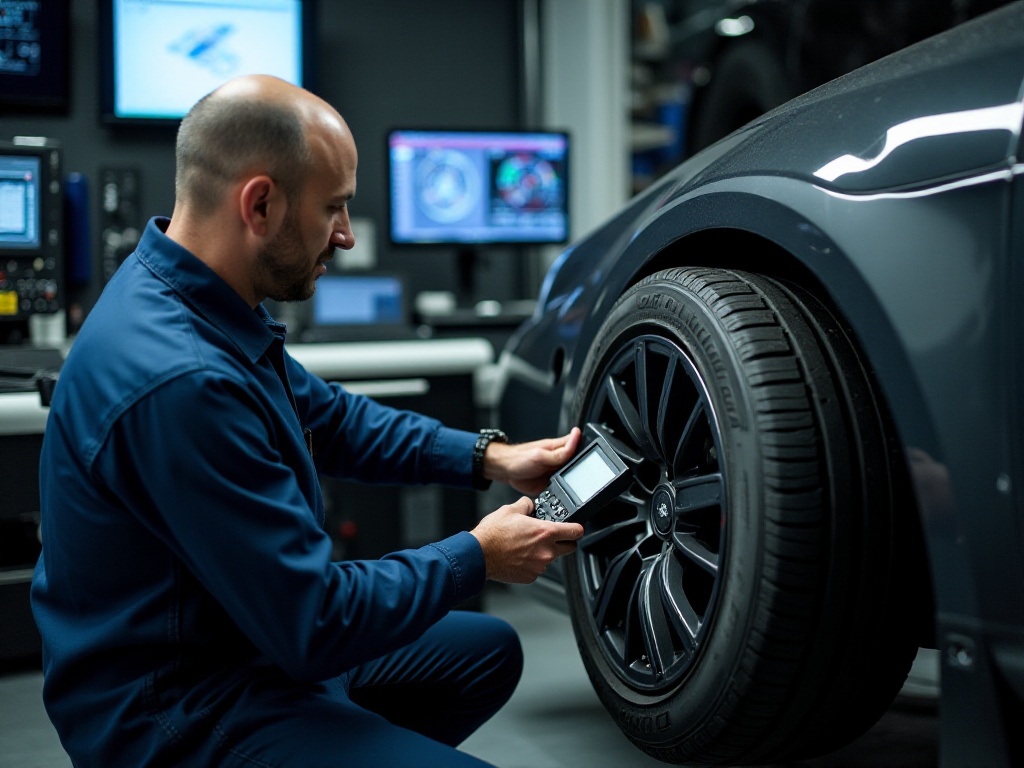
Brake Maintenance
The brake system is absolutely the most important part of the safety system. I watched a video before saying that a 0.1-second difference in brake system response time could result in over 3 meters difference in braking distance. So I don't dare to be careless at all when it comes to brake system maintenance.
Regarding brake pad replacement, I now check regularly. Generally speaking, brake pads last between 30,000-50,000 kilometers. However, this also depends on personal driving habits - if you frequently brake hard or drive on mountain roads a lot, you might need to replace them earlier.
I once encountered severely worn brake pads. At the time, the brake pedal felt soft, and there was an obvious metal friction sound when braking. I quickly got it checked and found the brake pads were worn to the bottom, almost damaging the brake disc. Since then, I've developed the habit of regularly checking the brake system.
Brake fluid replacement is also important. Brake fluid has a service life, generally recommended to be replaced every two years or 40,000 kilometers. If the brake fluid deteriorates, it not only affects braking performance but may also cause internal brake system components to corrode. I now use manufacturer brake fluid - though it's more expensive, safety comes first.
Additionally, I found many people don't know that the ABS system also needs maintenance. Without long-term maintenance, you might experience vibration or unusual noises when braking. So during each major maintenance, I have the technician check the ABS system's working condition.
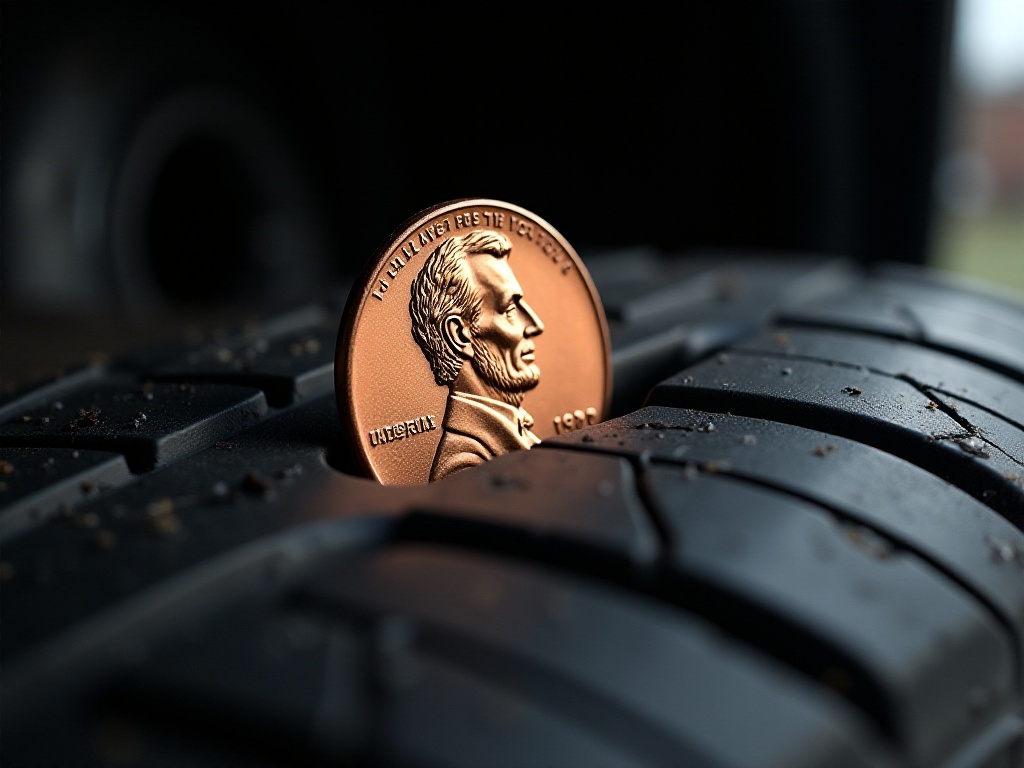
Light Maintenance
Regarding the lighting system, it's truly a major safety concern while driving. I previously struggled with night driving because my headlights weren't bright enough. Later I learned it was because the headlight covers had oxidized and turned yellow, seriously affecting illumination.
Now I do a deep cleaning of the car lights every month. Besides using professional cleaners, I also use toothpaste to treat yellowed headlight covers. The specific method is to first rinse the headlight cover clean with water, then apply a layer of toothpaste, gently wipe with a soft cloth, and finally rinse clean with water. The result is really good, and the cost is very low.
Besides headlights, other lighting systems also need regular checking. For example, turn signals, brake lights, fog lights, etc., all need to be confirmed working normally. I now do a light check every week, especially during seasons with more rain and fog, this habit is even more important to maintain.
Although LED headlights have a long life, they also need maintenance. I've found many people think LED lights don't need attention, but that's not true. Heat dissipation for LED lights is also important - if it's poor, it might affect service life. So I often check if the ventilation holes around the headlights are blocked.
Another point is light adjustment. If you notice oncoming cars frequently flashing their high beams at you, your headlights might be adjusted too high. In this case, you need to go to a professional shop to adjust the headlight angle. I usually do headlight adjustment once a year, which helps maintain good visibility without disturbing other drivers.
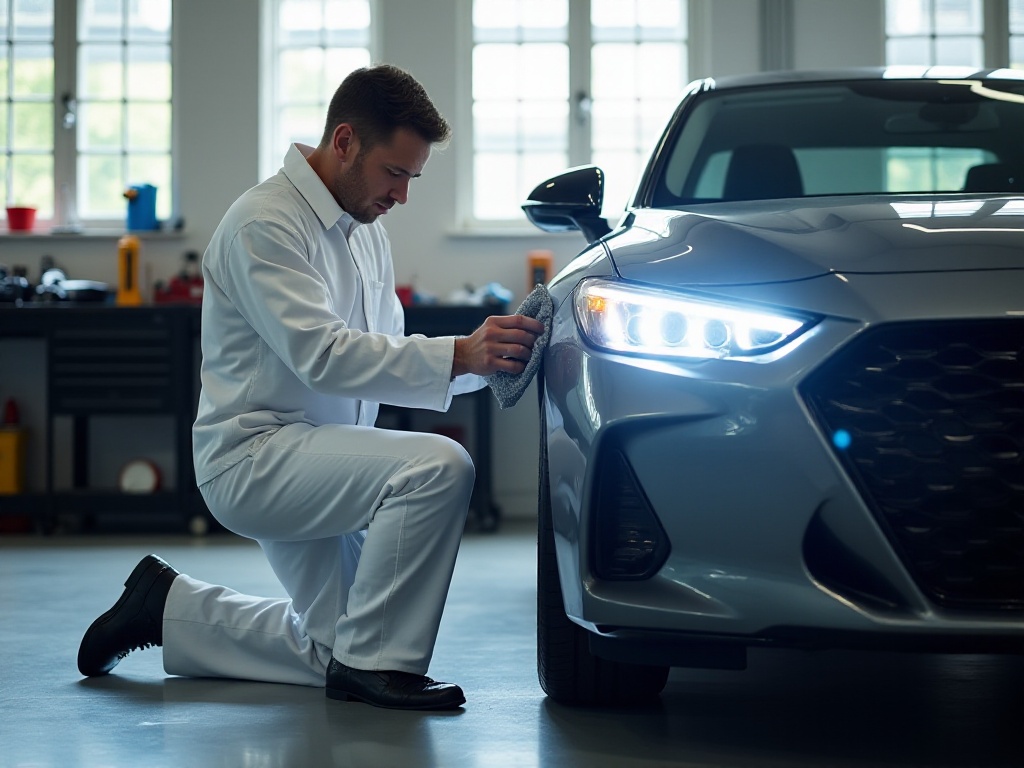
Final Thoughts
Through this period of practice, I've deeply realized the importance of maintenance. Although each maintenance costs some money, compared to major repair costs, this investment is really nothing. Plus, regular maintenance not only extends vehicle life but also gives us more confidence while driving.
Now whenever I see those perfectly maintained old cars on the road, I particularly understand why they can be maintained so well. Because when it comes to car maintenance, you truly reap what you sow. As long as we're willing to spend time and energy on maintenance, I believe everyone can make their beloved car feel like a premium vehicle.
Finally, I want to say that maintenance isn't just about saving money, it's about being responsible for yourself and your family. After all, safety is the most important thing about driving. I hope every car owner can develop good maintenance habits, letting our beloved cars accompany us further.


